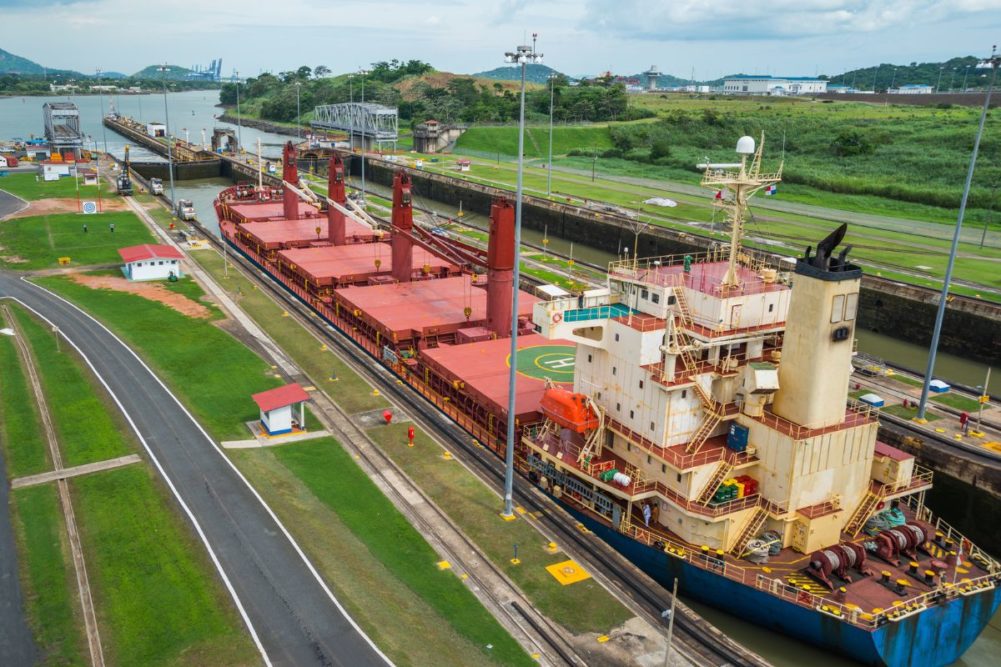PANAMA CITY, PANAMA — The drought-hit Panama Canal’s transit limits and high fees are driving bulk grain shippers of US crops from the Gulf Coast to Asia into longer routes with higher freight costs to avoid being backed up at one of the world’s main maritime trade routes, Reuters reported, citing traders and industry analysts.
The higher costs are coming during peak shipping for US corn and soy suppliers. Ships moving crops have faced wait times of up to three weeks to pass through the canal as container vessels and others that sail on more regular schedules are scooping up the few transit slots available.
Due to unprecedented low levels on Gatun Lake, the Panama Canal Authority (PCA) is limiting the number of daily vessel transits as a severe drought has cut supplies of water needed to operate its lock system. The PCA is limiting daily transits to 22 through December, 20 in January and 18 by February. About 35 transits a day are allowed during normal conditions.
The restrictions could continue to impede grain shipments well into 2024 when the region's wet season may begin to recharge reservoirs and normalize shipping in April or May, analysts said.
Options for grain shippers include sailing south around South America or Africa, or using the Suez Canal. However, those longer routes can add up to two weeks to shipping schedules, elevating costs for fuel, crews and freight leases.
In the second half of October, only five US Gulf grain vessels bound for east Asia transited the Panama Canal, while 33 sailed east to use the Suez Canal instead, according to a US Department of Agriculture (USDA) report. In the same period last year, 34 vessels used the Panama Canal while only seven used the Suez.
Some US exporters have also been rerouting crop shipments to Asia to load from Pacific Northwest ports instead.
Only 56.8% of all US corn exports in October were shipped from Gulf Coast ports this year, down from 64.9% in October 2022 and 72.1% in October 2021, according to USDA weekly export inspections data.





